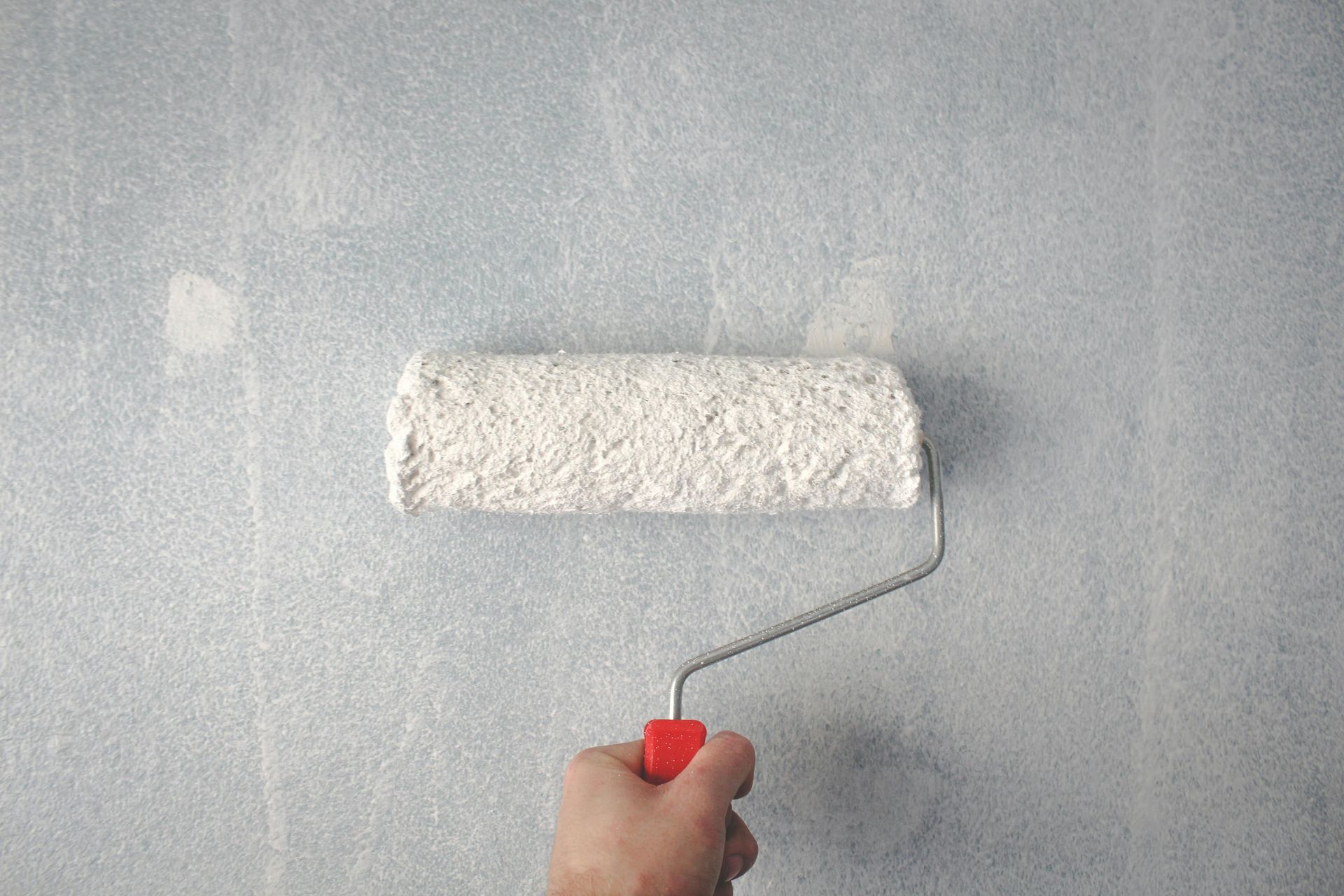What Is Liquid Sandpaper and How Can It Simplify Your Next Painting Project?
When you think of sandpaper, you probably picture rough, gritty sheets and the effort to sand something down, either by hand or with power tools. But have you heard about liquid sandpaper? This innovative product makes it easy to prepare surfaces for painting without all the dust and heavy sanding.
Keep reading to learn about the benefits of liquid sandpaper, how it works, and how to use it.

What Is Liquid Sandpaper?
Liquid sandpaper — sometimes called liquid deglosser or liquid sander, is a chemical alternative to traditional sanding. It prepares surfaces for repainting by softening existing finishes, helping new paint, stain, or sealer stick better.
While it works like a paint stripper, it’s mild enough to soften the finish without removing it entirely. Unlike traditional sanding, it doesn't remove material or fix imperfections like scratches or gouges.
Liquid sandpaper is a favourite among DIYers for
restoring furniture or refinishing ornate trims and wainscotting. It works well for prepping cabinets, doors, and walls before repainting or refinishing.
Benefits of Using Liquid Sandpaper
Working with liquid sandpaper has several advantages, including:
- Saves time: Liquid sandpaper reduces prep time by eliminating manual sanding. It’s great for fast projects or large surfaces where traditional sanding would take too long.
- Easy to use: Applying liquid deglosser is straightforward, requiring a cloth or sponge and minimal effort. Unlike regular sanding, there's no dust or mess, so it’s a cleaner option.
- Reaches tight spots: This product is handy for preparing tricky areas like corners, detailed surfaces, or intricate trim with curves, reaching places that sandpaper might miss.
- Works on various materials: You can use liquid sandpaper on multiple surfaces such as wood, metal, and already-painted finishes. This product makes it easy to prepare glossy, varnished, or lacquered items for a fresh coat of paint.
- Eliminate over-sanding: Traditional sanding can lead to uneven surfaces or damage to design features. Liquid sandpaper prevents this by gently prepping surfaces without removing material.
How to Use Liquid Sandpaper
You can produce a professional outcome with minimal effort by following these guidelines:
Clean the Surface
Begin by thoroughly cleaning the surface to remove dirt, grease, or grime. This helps the liquid sandpaper work effectively and improves adhesion.
Apply Liquid Sandpaper
Using a cloth or sponge, evenly apply the liquid sandpaper solution across the surface, covering the entire area. Let it sit for the time recommended on the product label, usually between 10 and 15 minutes.
Wipe Off
After the solution has had time to work, wipe it with a damp cloth to remove any residue. Let the surface dry completely before moving on to primer or paint.
Got a Sanding Project? Try Liquid Sandpaper!
Save the elbow grease and sanding mess for another time. Liquid sandpaper simplifies life by preparing surfaces for painting or refinishing. It's easy to use and efficient, especially on detailed or larger surfaces, making it a popular choice among DIY enthusiasts.












